Mastering this art successfully is key for any business striving toward growth and profitability. With effective promotion strategies as your guide, you can unlock new opportunities in even the most unpredictable markets, so why not explore promotional channels that could generate a broader audience toward achieving promotional success?
Key Takeaways
- Maximise visibility and reach your target market through marketing channels, social media accounts, traditional media options & compelling content.
- Leverage user-generated content to authenticate promotional material & create trust with customers.
- Establish clear objectives, balance the promotional mix, and assess progress regularly for a successful promotion strategy.
Maximising Visibility: Selecting the Right Marketing Channels
When it comes to your business, think of yourself as a lighthouse amid an ocean of other companies. To guarantee that you’re seen by the right people – your potential customers, choosing effective marketing channels is essential. This resembles deciding which path for beam travel will most accurately hit its desired target: your audience.
Using social media alongside traditional forms of promotion and carefully understanding who makes up said audience are all major components when creating this navigational system. Social networks play an integral part in it all too.
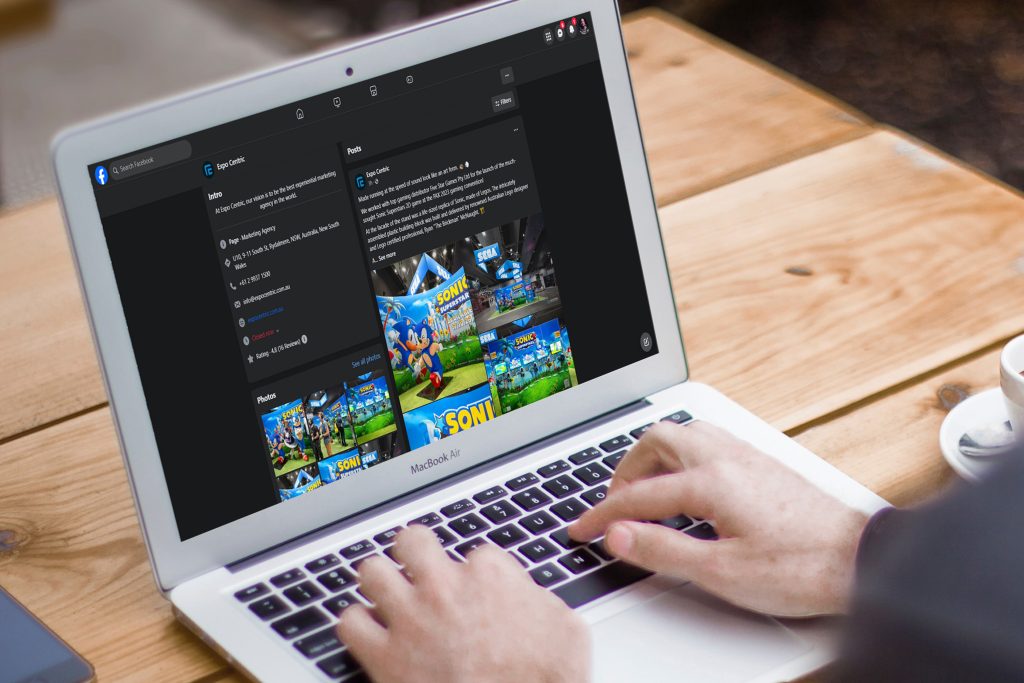
Identifying Your Target Market
It is vital to understand the specific desires and requirements of your target market. Being able to focus promotional efforts that speak directly to this audience will ensure you’re providing exactly what they need most while setting a steady course toward their success.
Leveraging Social Media Channels
With social media, it is possible to amplify your brand and products farther out than ever before. A successful plan for online platforms will enable you to converse with patrons, circulate promotional materials, and bring in potential consumers who could be elsewhere navigating their own courses.
The result? Your brand shines brighter due to an extended range that was previously not achievable without digital assistance!
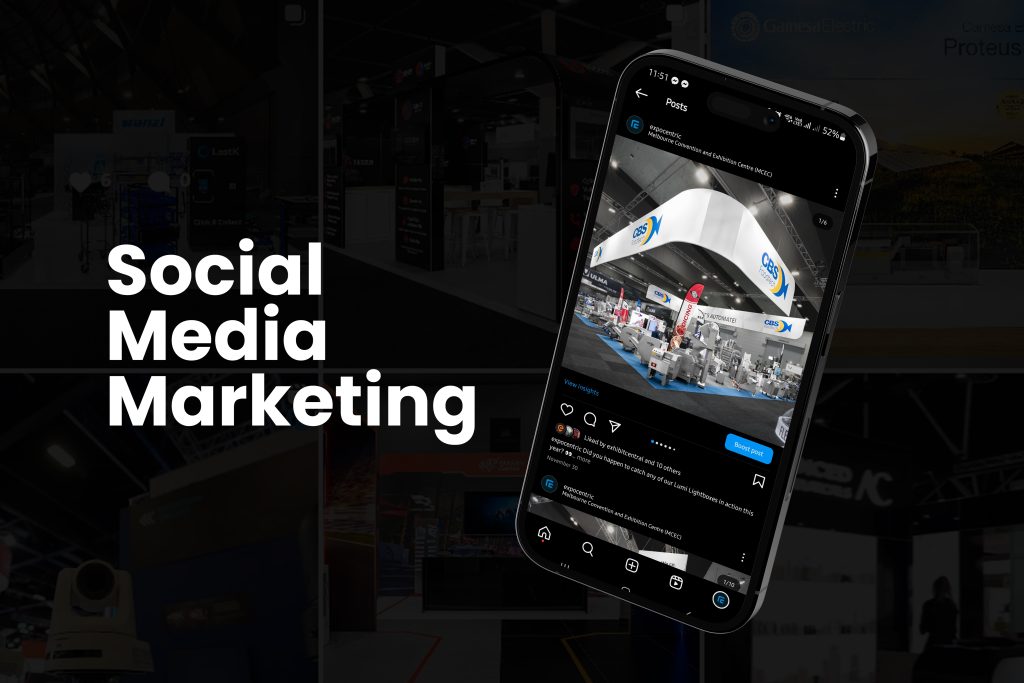
Marketing Mix of Traditional Media and Modern Solutions
Integrating traditional and digital marketing methods can help expand your visibility to a wide range of people. For instance, radio ads, television commercials, and print publications support the core framework for successful online strategies. By employing both old-school advertising tactics as well as modern solutions like social media campaigns or search engine optimization (SEO), you are in better control over how effectively your message is conveyed out into the world. Ultimately, this fusion allows for maximum reach so that more audiences will be led directly to your business door!
Engaging Customers with Compelling Promotional Content
Once you get people interested in what you have to offer, they must remain hooked. To achieve this, captivating promotional content needs to be created, like an intriguing chantey could do on a boat voyage! Through the construction of a compelling narrative, those at sea can stay entertained and engaged by your offerings.
For Appeal combine user-generated material with updated visuals – weaving together a beautiful melody that will ensure all aboard keep their enthusiasm for learning more about what you promote.
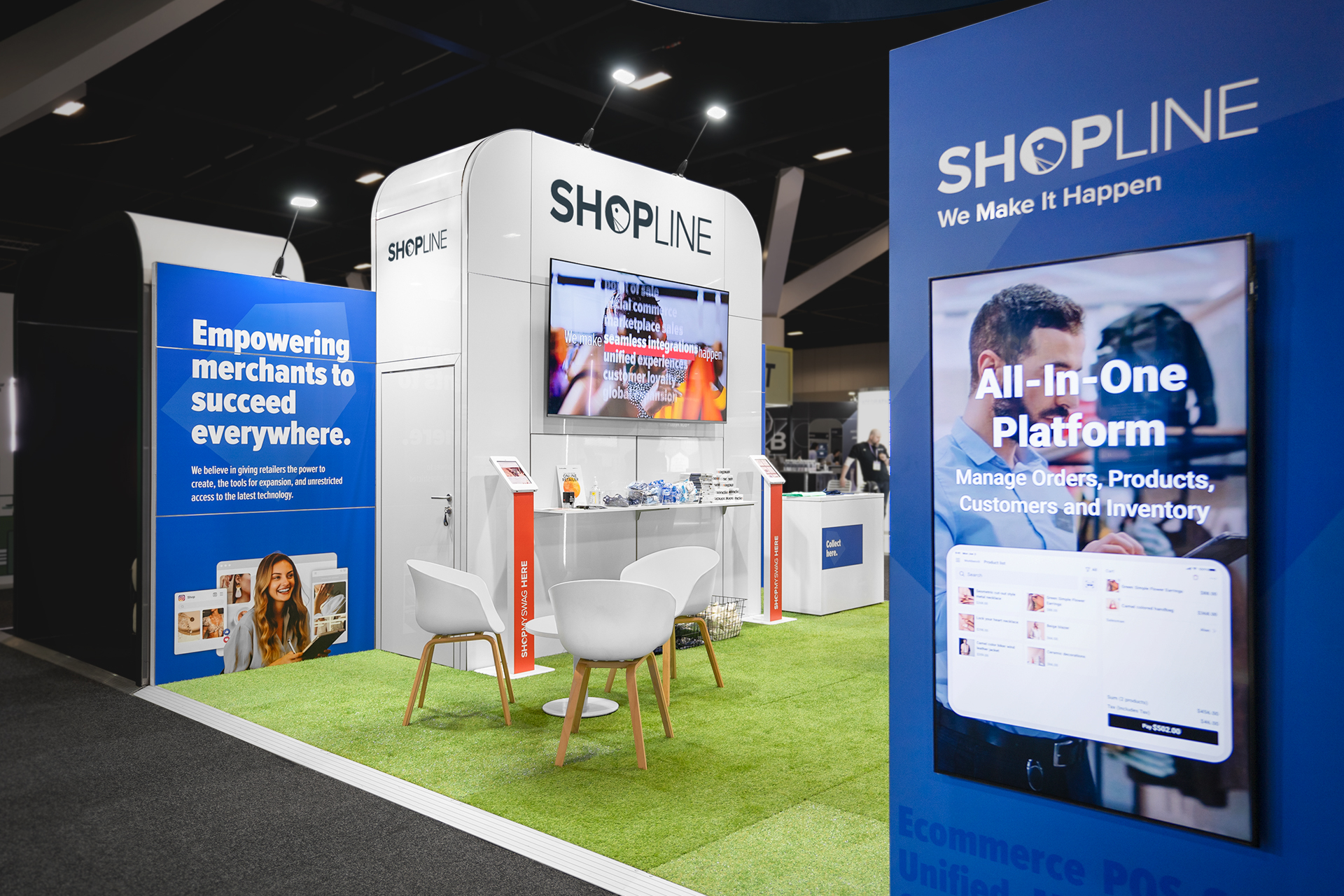
Crafting Stories That Resonate
Creating stories that captivate your target audience will cultivate an emotional bond that can reach beyond the traditional scope of marketing. Stories that resonate often have an emotional connection with the audience. They make customers feel understood and valued, which can encourage loyalty and repeat business. For example, sharing stories of how your company offers solutions to common problems or how your product has improved the lives of your customers can create a strong emotional connection.
This powerful link between customer and product is not just memorable – it ultimately helps shape long-lasting loyalty with those touched by a brand’s storyline.
Utilising User Generated Content
Potential customers are more likely to trust and buy into a brand when they hear real people talking positively about it. This form of social proof provides authenticity for promotional activities, which encourages customer satisfaction.
As satisfied customers spread the word among their peers on how great your product or service is, you know that others will take note and be more inclined to invest in what you have to offer.
Refreshing Visual Elements
To keep your promotional content enticing, refreshing the visual elements is key. By creating a new logo or product image, you can add an element of excitement and spark interest in your brand once again. Utilising videos as well will capture the attention of future and current customers. This way all eyes will be on what you have to offer!
Building Loyalty Through Customer Incentive Programs
Through building rewards programs, you can acknowledge and value dedicated customers to motivate them to stay on board with you. These loyalty-based incentives may involve award systems, special deals, or constant evaluation of the program – all of which help transform loyal patrons into devoted brand ambassadors for your company.
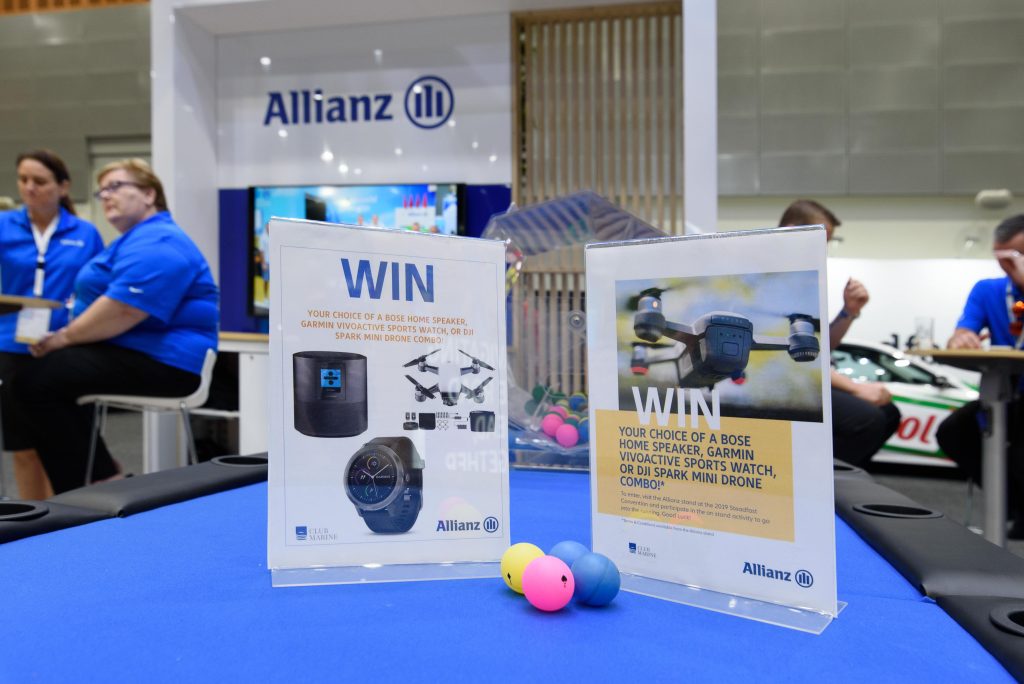

Designing Reward Schemes
Customers need to be made aware that their loyalty is appreciated, and a properly implemented rewards system can help them feel valued. Rewarding customers with incentives that they respond positively too will reinforce the bond between brand and customer. It’s imperative for any successful captain of a sailing vessel to share his bounty fairly among the crew. So it goes likewise in business: happy customers equals success!
Exclusive Offers for Loyal Customers
Providing exclusive incentives to loyal customers is like providing a ticket for them at the captain’s table, showing how much their loyalty means and ensuring an exceptional experience. These offers are not only aimed at rewarding customer devotion but also attract new patrons while encouraging repeat business.
After all, who would turn down such an offer of being treated as royalty with special privileges? It surely makes dining even more delightful!
Analysing Program Effectiveness
Much like a captain who has to brave turbulent waters, monitoring the progress of your loyalty program is key in order for you to make sure that it stays on track and achieves its intended outcome. Examining how successful this promotional venture is regularly can provide insight into what changes could be made so as not to become lost at sea.
Driving Sales with Time-sensitive Promotions
Harnessing the urgency of time-sensitive promotions can be a great way to boost sales – through flash deals, seasonal initiatives and countdowns. Utilizing these strategies allows you to channel customers towards making their purchase before the ‘tide turns’.

Flash Sales and Discounts
Short-term discounts and special offers can be likened to a trove of treasure, which tempts customers to take advantage before it quickly disappears. Such promotions entice shoppers into making speedy decisions to maximise sales. Ultimately, they are designed with the purpose of stirring urgency among buyers so that everyone grabs their share while they still have a chance!
Seasonal Campaigns
Seasons bring distinct prospects that can be utilized to elevate sales when marketing strategies are synchronized with significant consumer shopping occasions. By capitalizing on the natural fluctuation of buying habits, you have a greater chance at achieving success in your campaigns.
Countdown Tactics
Create a feeling of immediacy and enthusiasm, countdown tactics are like an imminent launch time for a boat. By demonstrating to your customers that the timer is ticking, you can urge them to buy before their opportunity sails away.

Enhancing Customer Experience with Value-Added Services
Providing additional offerings. To the product or service itself, can make all the difference for customers. It is like a captain taking care of their passengers and going out of their way to ensure they have an enjoyable experience.
Value-added services such as complimentary features, post purchase assistance or organising virtual events will help your customers feel appreciated and valued by you. These extras could be what sets you apart from others in this field!
Complimentary Services
By providing these additional benefits, you can make your customers feel valued and increase their chances of selecting your business over the competition. Things like complimentary services or extras such as extra servings of grog or soothing sea shanties sung by the captain are all ways to enhance sailing experiences which will create a lasting impression on those who use it.

After-Sale Support
After a purchase, the after-sale support provided is like an embrace for sailors on their arrival back to harbour, reassuring customers of your presence and providing them with assurance long beyond the sale. This builds customer loyalty, which ultimately leads to satisfaction. A key factor in any successful business endeavour.
Hosting Virtual Events
Hosting virtual events such as webinars and product demos enables your customers to form a stronger bond with your brand. These online gatherings provide the perfect platform for presenting informative content that will help educate people about what you have to offer, like grand feasts hosted by captains on ships which serve as an opportunity for sailors to come together and celebrate.
Innovative Approaches to Point-of-Sale Promotion
In the busy harbour marketplace, end cap marketing and clever product placement can help your business stand out. Much like a vivid ship in an expanse of dull ones. Utilizing interactive displays to attract customers’ attention plus offering branded promotional gifts is key for successful point-of-sale promotions which will Build brand awareness.

Effective End Cap Marketing
End cap marketing is a form of promotion, which utilizes products positioned in strategic places to gain the eye of potential customers and inspire spontaneous buying. Just like banners or flags adorning a boat can quickly attract sailors, putting highlighted items up front entices attention for optimum effect.
Interactive Displays
Interactive displays give customers an interactive experience when shopping, enabling them to chart their course and discover new products. This makes for a more memorable journey through the store while assisting in guiding purchasing decisions.
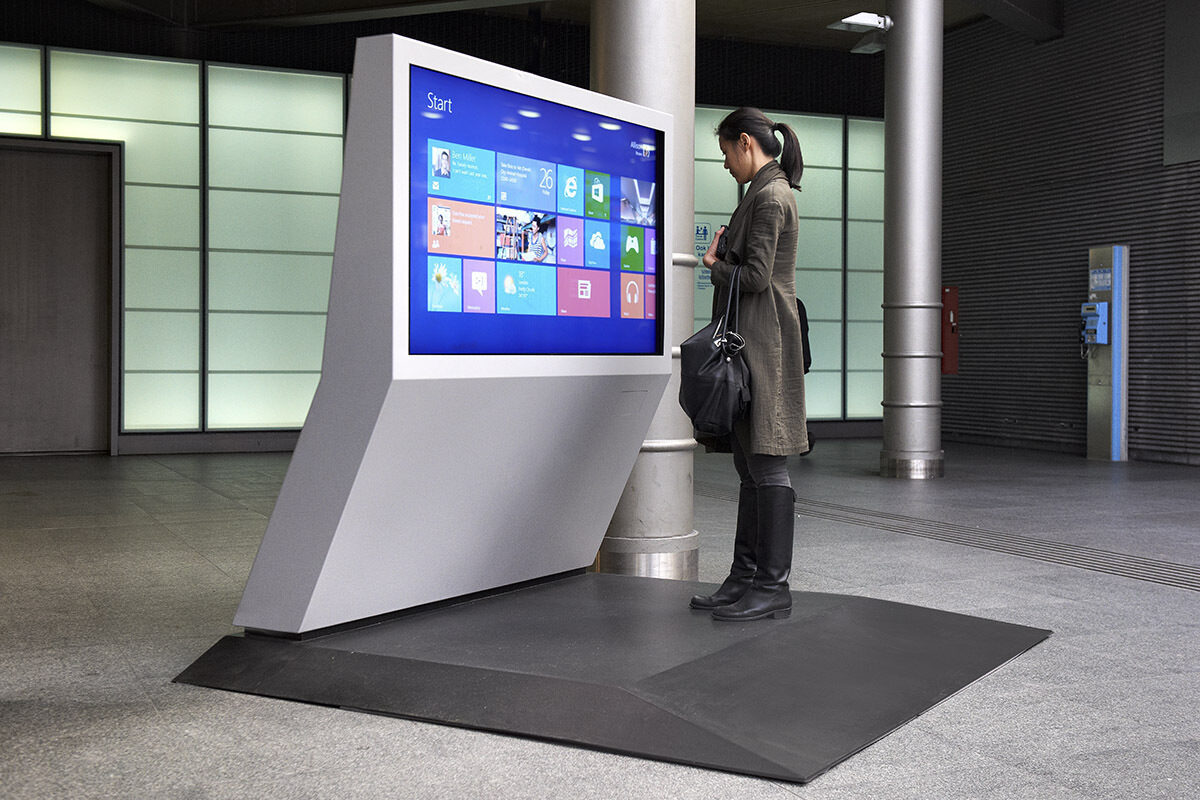
Strategic Product Placement
This approach focuses on arranging products in a visually appealing way, to influence customers’ decisions and steer them towards the displayed item.
Nurturing Growth with Referral Marketing
The expansive retail environment makes word-of-mouth a formidable marketing tool, and referral strategies can harness it to propel your business. Unlike push techniques, this involves amplifying organic interest in the brand. For instance, through customer incentive programs or influencers. Satisfied customers become advocates of the product while also fostering Success with their referrals – allowing you to venture into new commercial frontiers unseen before. By utilizing approaches like these that prioritize quality over quantity when it comes to its clients – as well as turning them into loyal supporters – referral marketing promises fruitful rewards for those who invest in it correctly.
Setting Up a Customer Referral Incentive Program
By providing an incentive to customers who refer their friends and family, businesses can motivate existing customers to be active promoters of the brand. Thus bringing in new leads and sales. This type of customer referral incentive program is similar to a reward given out for discovering uncharted regions or vessels.
Encouraging Positive Reviews
Positive reviews can be seen like the cheerful songs sung by content sailors, resonating across the waters and reaching out to potential customers. If you boost these positive feedbacks, it will increase trust in your brand as well as influence prospects to pick your business over others.

Amplifying Reach Through Influencers
Influencers can have a great impact on the decisions of many, similar to how renowned sea captains’ opinions and recommendations were often decisive for sailors. Collaborating with these influencers is beneficial as it allows your brand to gain visibility among their audiences, widening its reach further.
Crafting a Cohesive Marketing Promotion Strategy
As the trek nears completion, it is time to take stock of what we have been through and decide which route to go next. Creating an integrated promotional plan includes deciding on definite marketing objectives, organizing your promotional tactics effectively, and regularly evaluating progress for success. Utilizing efficient promotion strategies within a well-crafted market strategy can assist you in attaining these desired outcomes more efficiently.
It’s all about sailing forward with direct control over both vessel and crew while also having absolute clarity towards our destination, making sure that everyone aboard knows exactly their purpose in arriving there safely.

Defining Clear Marketing Goals
Having a clear goal in mind for marketing endeavours is like picking your destination on the journey. It gives purpose and concentration to promotional campaigns, assuring that all measures are adapted towards getting there successfully.
Balancing Promotional Mix
Creating a balanced marketing mix is similar to providing your crew with a nutritious and healthy diet. Your promotional strategies must be combined in order for you to craft an effective approach that will reach the intended target audience. Much like what sailors need when they require various nutrients for their well-being. A good marketing strategy should include multiple approaches as part of its plan, making sure all bases are covered.
Draw Customers In with Effective Promotion Strategies
As we drop anchor at the end of our voyage, let’s take a moment to reflect on the journey. From understanding the importance of selecting the right marketing channels to the power of compelling promotional content, from the value of customer incentive programs to the role of time-sensitive promotions, we’ve navigated the vast seas of retail promotions and charted a course towards success. Whether you’re a seasoned sea captain or a novice sailor, the strategies and insights shared here can guide you towards your destination – promotion perfection.
Frequently Asked Questions
What are the 5 promotional strategies?
Marketing strategies such as advertising, public relations, direct marketing, personal selling and sales promotion can be used to reach target audiences and bolster business growth. These promotional techniques are effective for driving up sales figures.
What is the role of storytelling in digital marketing?
Digital marketing relies on storytelling to create an emotional bond with consumers and build a competitive edge. By using this approach, businesses can make more meaningful connections that will help foster loyalty among their customers. Storytelling is key in digital marketing for building those essential bonds and developing deeper relationships.
What is the importance of after-sale support in enhancing customer experience?
Providing customers with after-sale support is essential for creating a feeling of security and appreciation, thereby improving the customer experience and encouraging loyalty.
We understand the importance of a well-planned promotion strategy. Our approach is a result of thoughtful planning, incorporating key elements that have shown promise over time. We’ve carefully crafted our strategy, not because we claim to be the best, but because we’re committed to your growth and success.
We’re always learning and adapting, striving for success alongside you. We invite you to join us and witness how a thoughtful promotion strategy can transform your business, driving sales and fostering lasting customer relationships.
